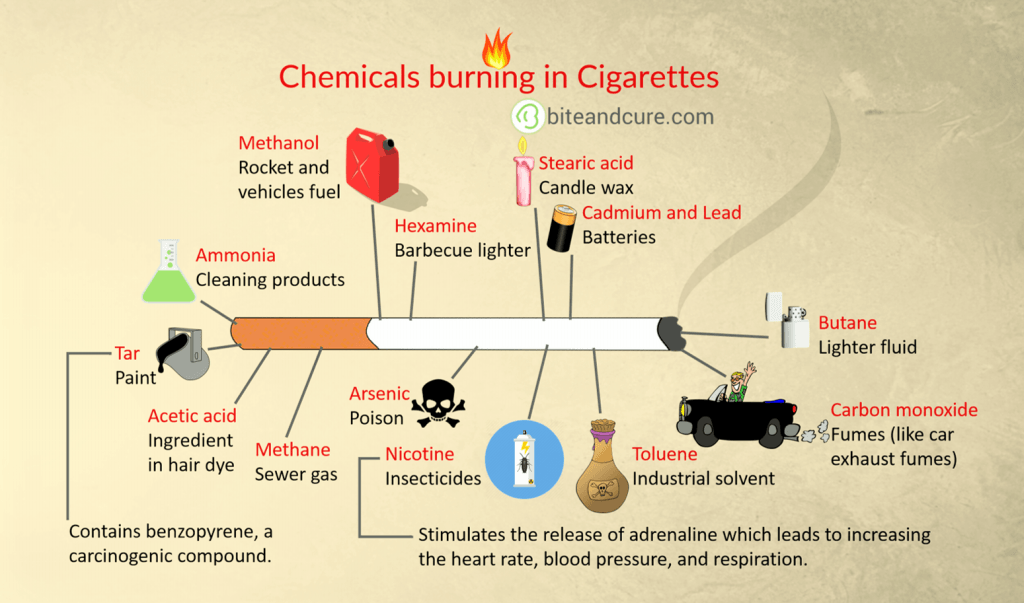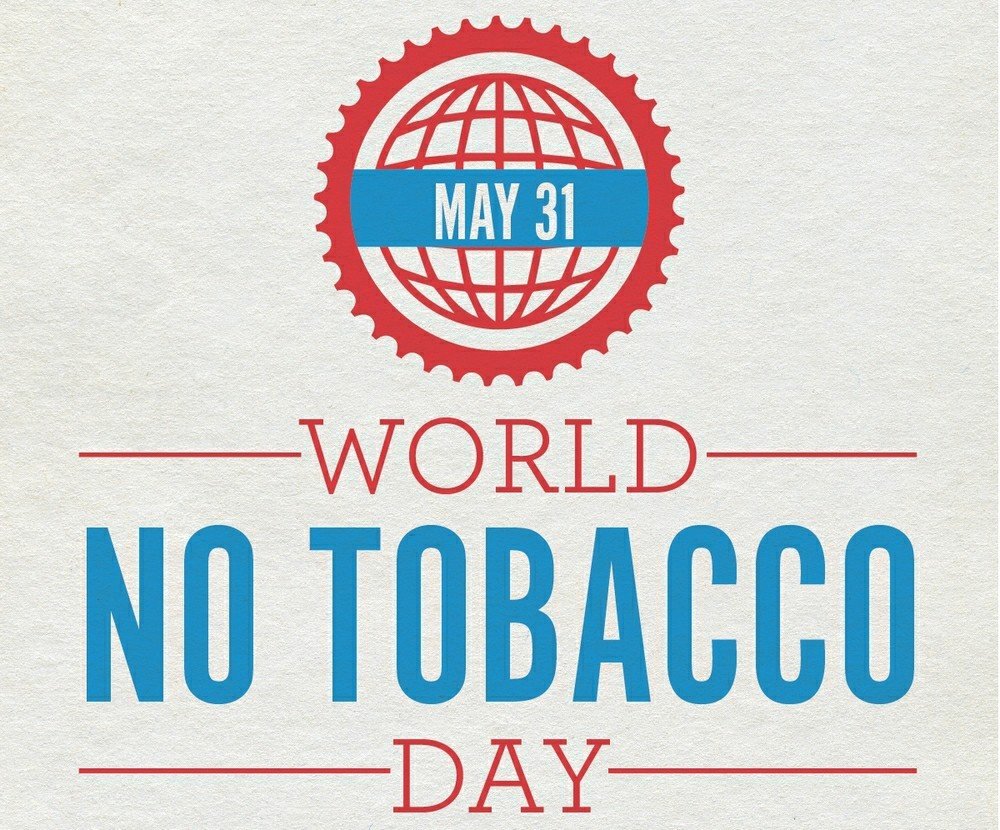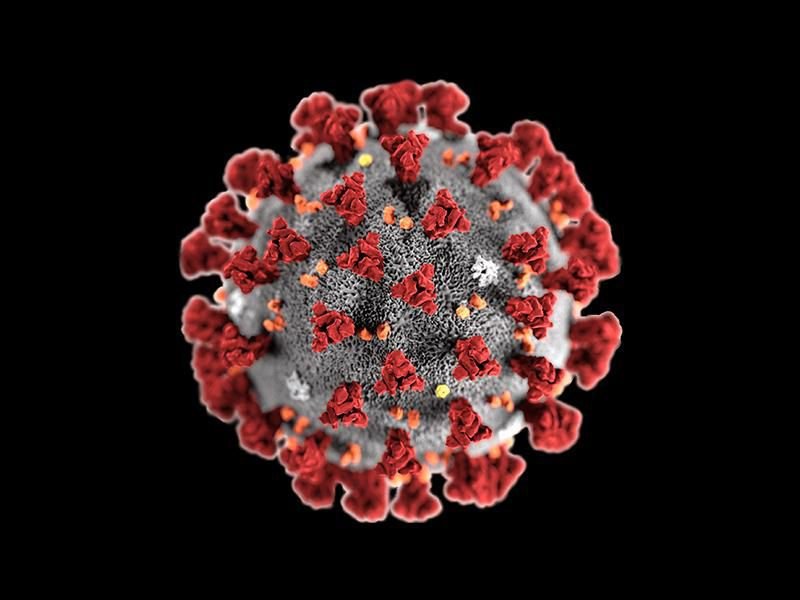May 31 is “World No Tobacco Day,” a global public health campaign created by the WHO. It is a call to stop consuming tobacco by any means for 24 hours. Moreover, awareness campaigns warn smokers and nonsmokers of smoking hazards.
Tobacco is consumed not only by smoking cigarettes, cigars, or pipes but also by sniffing and chewing. Since smoking tobacco has been proven according to many studies to be extremely dangerous, it triggers plenty of diseases such as lung cancer, heart disease, and liver disease. As a result, the average lifespan of a human being has tragically been minimized. Besides, it can lead to dementia and a decline in cognitive functions.
According to the WHO, tobacco is the single most significant cause of preventable death worldwide. It causes about 6 million deaths every year. That’s more deaths than those due to alcohol, drug abuse, homicide, and suicide combined. While passive smoke (second-hand smoke) raises the risk to have a smoking-related illness. It could even lead to death.

Tobacco increases the liability to
- Heart diseases.
- Hypertension.
- Liver diseases.
- Strokes.
- Lung cancer.
- Pancreatic cancer.
- Bladder, larynx, and mouth cancers.
- Chronic obstructive pulmonary disease (COPD).
- Erectile dysfunction.
- Cataracts.
Some who try to quit smoking, go for chewing tobacco products, while others try light/mild cigarettes instead. Not because the chewing is smokeless means it’s harmless. Also changing to light cigarettes doesn’t necessarily indicate less harmful smoking, yet it’s tobacco.

1. Nicotine
Although nicotine isn’t cancerous, it’s the number one reason smokers don’t quit. Besides having highly addictive properties, nicotine alters brain functions including mood, perception, and consciousness.
Smoking readily introduces nicotine to the bloodstream and then distributes it to the brain, hence it causes a rapid sense of pleasure and calmness. However, there is always a craving for smoking because the effects do not last long. Nicotine is deadly in large doses.
Pregnant females who smoke have high risks of miscarriage or premature birth. In addition, fetal exposure to nicotine can lead to impaired fetal brain and regressive lung development.
2. Tar
Tar causes bronchial diseases, lung cancer, and damage to the air sacs of the lungs. It is brown and sticky, thus, it stains the lung tissue, teeth, and fingernails.
3. Carbon monoxide
It reduces the delivery of oxygen to body organs, the most critical of which are the brain and heart. Consequently, heart disease, dizziness, and vomiting occur. Exposure to high levels of carbon monoxide causes death.
Infographic Source: Visually.
Quit Smoking
Although some smokers don’t find it hard to quit, others need help to manage the cessation. Stopping is done gradually to avoid severe withdrawal symptoms and make relapse less likely. Visiting smoking cessation clinics are the perfect decision for that.
Withdrawal symptoms
- Irritability.
- Attention difficulties.
- Frustration and depression.
- Sleep disturbances.
- Increased appetite.
- Powerful cravings for smoking.
The FDA has approved products like nicotine chewing gum and a transdermal patch to be used during smoking cessation therapy because such products help the quitter cope with the withdrawal symptoms by delivering a controlled dose of nicotine.
Doctors advise smokers who want to quit to manage their stress and enhance skills like problem-solving and social skills.



Leave a Reply